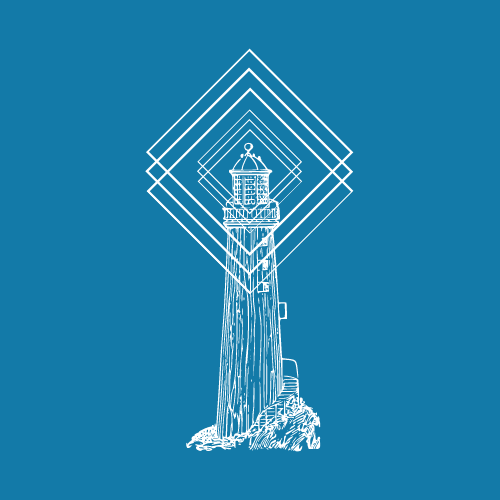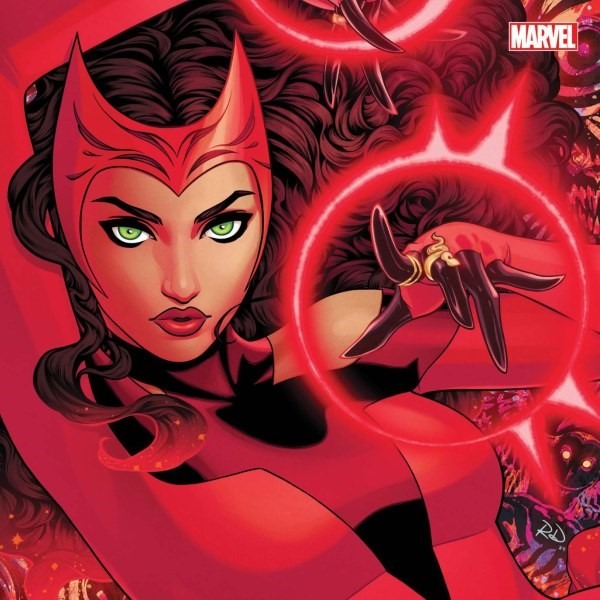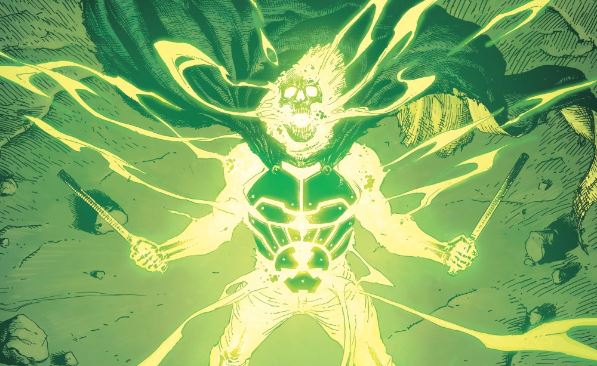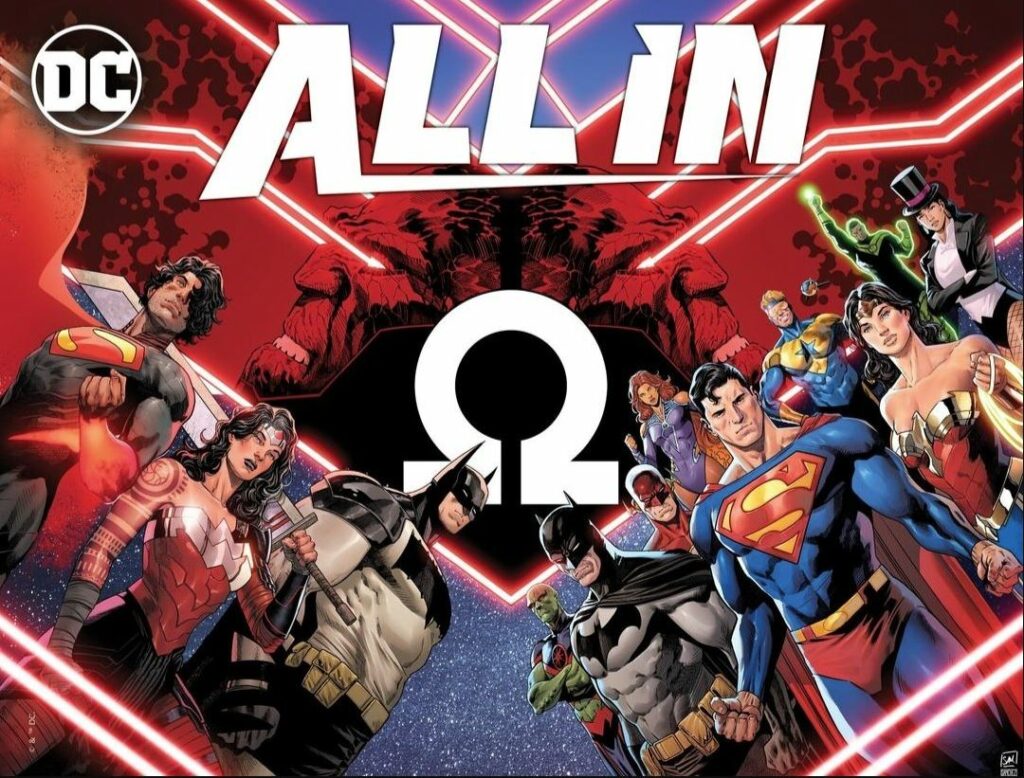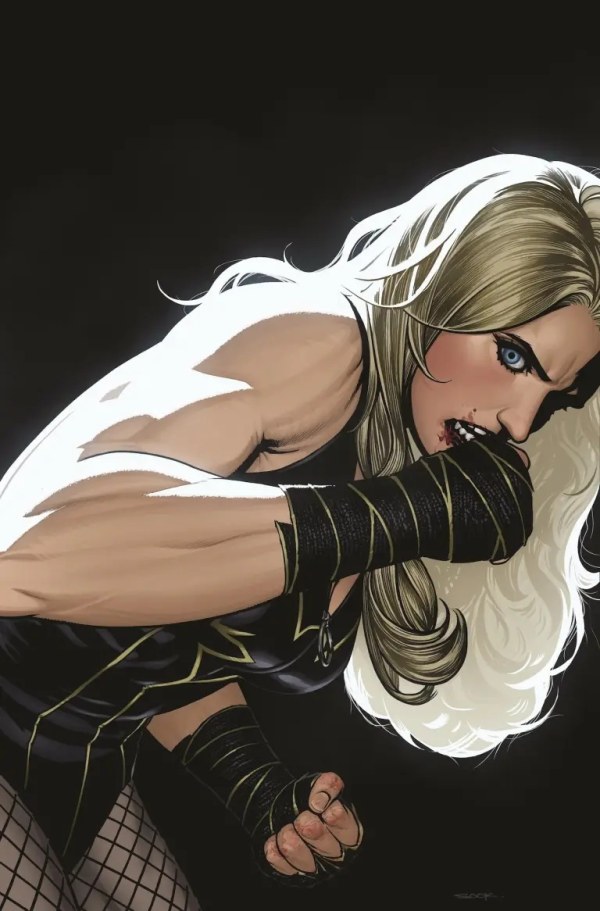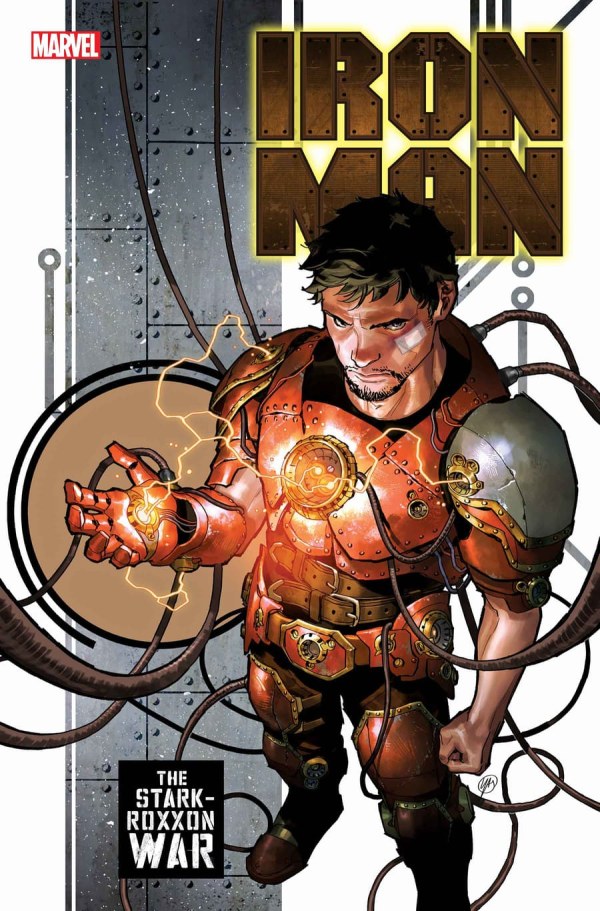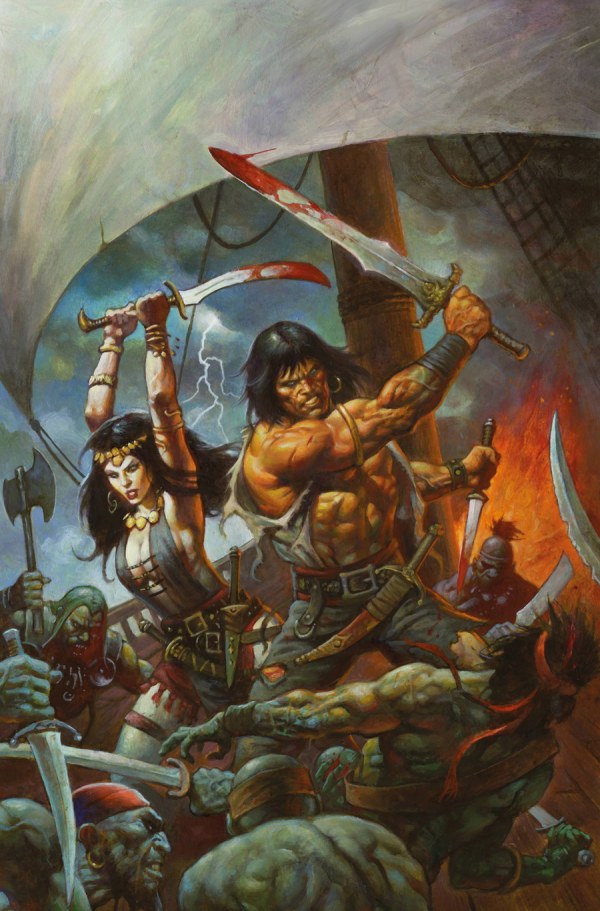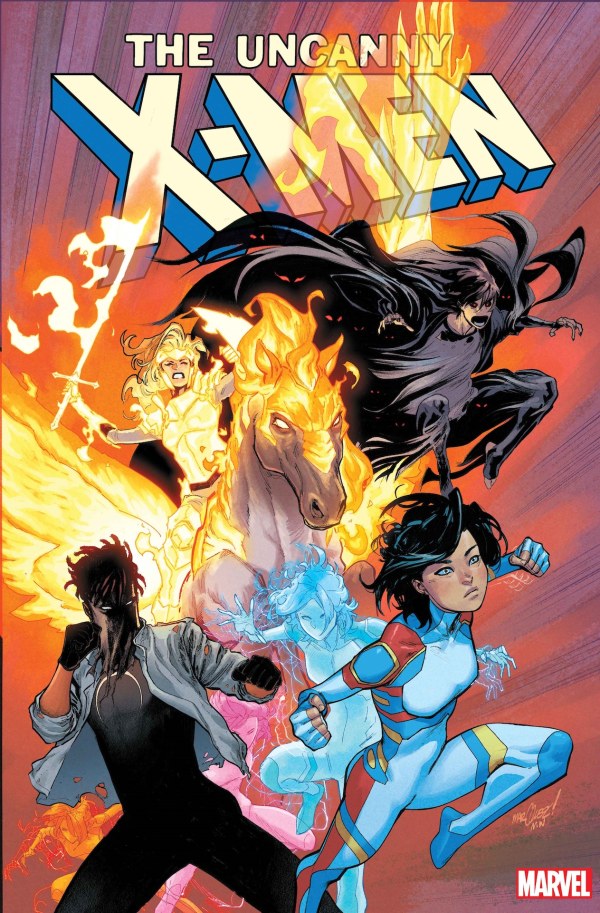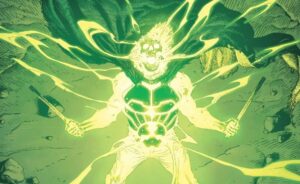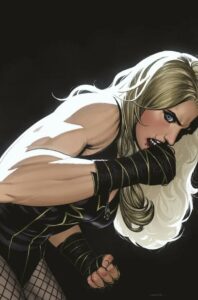Steve Orlando has been killing it recently, and nowhere is that more clear than his various runs on Scarlet Witch. Under his pen, and supported by a host of the industry’s finest artists, Orlando has successfully continued the rehabilitative work undertaken on the character by writers like Leah Williams, crafting a series of stories that will define and propel Wanda Maximoff for years to come.
This month though, Scarlet Witch #1 (2024) releases – the third first issue in a series of rebrandings for what has otherwise been a tremendous, now-fifteen-issue-long run on the character (plus an Annual, and a Darkhold mini-series for those keeping score at home). With it, Orlando and new series artist Jacopo Camagni (Red Goblin, X-Men Red) must reintroduce old readers and welcome new ones into the mystical town of Lotkill, establish an ever-evolving status quo and pit Wanda against the latest in a whirlwind of sorcerous villains.
What’s impressive, then, is how deftly they pull this off while still maintaining the imaginative, emotionally-resonant storytelling that this run has come to be known for.
All the Ingredients of a Formidable Spell
Rarely does it happen that I come upon a comic that I can describe as The Mist meets Sandman meets The Silver Age, but here we are.
Scarlet Witch #1 quickly establishes a lived-in world, brimming with hope, pain and heart with the town of Lotkill. For those new here, Lotkill has become Wanda’s base of operations for the past couple years, where she runs a magical shop called the Emporium. In it, an emergency hotline of sorts known as The Last Door sits. Have nowhere else to turn? Well, open one door and another one opens, as The Last Door magically transports you to Wanda’s abode, where she offers her superheroic services free of charge. Up until now, Wanda and newly-introduced-to-comics Darcy Lewis have been running the place alone, but new seasons bring change. The shop has expanded, bringing in fellow sorcerer Mantor and a flood of new clientele.
It might seem like a small thing, but opening the issue like this, instead of with a fight, speaks to the considered approach these creators take to making comics. Wanda’s journey has been one of healing and of growth, and framing this new era as one born out of the success of that journey not only calcifies some of that hard to come by change that readers so often demand in comics, but it also marries the external with the internal. Lotkill is as much an idea as it is a place, you see. It is a chance at new beginnings. It’s a space where transformation is fundamental and the past is liberating, not oppressive.
Nowhere is this more succinctly captured than in Orlando’s now trademark second person narrative captions:
‘You’re less and less the Scarlet Witch. More and more, you’re Wanda. To those visiting because you made Lotkill your home, you’re Wanda. To those healing themselves at its Iozium Life Park, you’re Wanda. […] You’re no longer the strange sorceress changing their world. To them, you’re the Avenger next door. You’re Wanda. You’re part of their world.’
Wanda Maximoff, Scarlet Witch #1 (2024)
Orlando’s characterisation, buoyed by the vibrant and expressive world captured by Camagni and colourist Frank William, paints a picture of a world built on the promise of possibility. It finds the magic in superheroics, turning Wanda less into a sorceress and more of a supernatural psychiatrist, diagnosing the world’s problems and facilitating super-therapy for the afflicted. Such is the kind of bold, creative swings that Scarlet Witch makes every month, continuing to engage and surprise in equal measure.
That’s why when the skies open up and Cthulhuian monsters pour from a tear in dimensional space, you genuinely care about the stakes of this small town.
Making the Magic Mean Something
Between the exclamatory, vaguely Silver Age inspired dialogue (‘No! It shouldn’t — it can’t be! […] Thousands of lives — more… sacrificed to their insatiable cravings. There’s no choice.’) and the disturbing, pallid Endlings that Camagni and William conjure up as if they’ve been dreaming in visions of Stephen King’s The Mist, what unfolds is an issue that bridges the inherent camp of superhero comics with substantial philosophical ideas and allusions to classic literature. This is not just a witch fighting evil monsters (though it is, and it’s not ashamed of it). It’s also the story of a being of unbridled change battling against the inevitable.
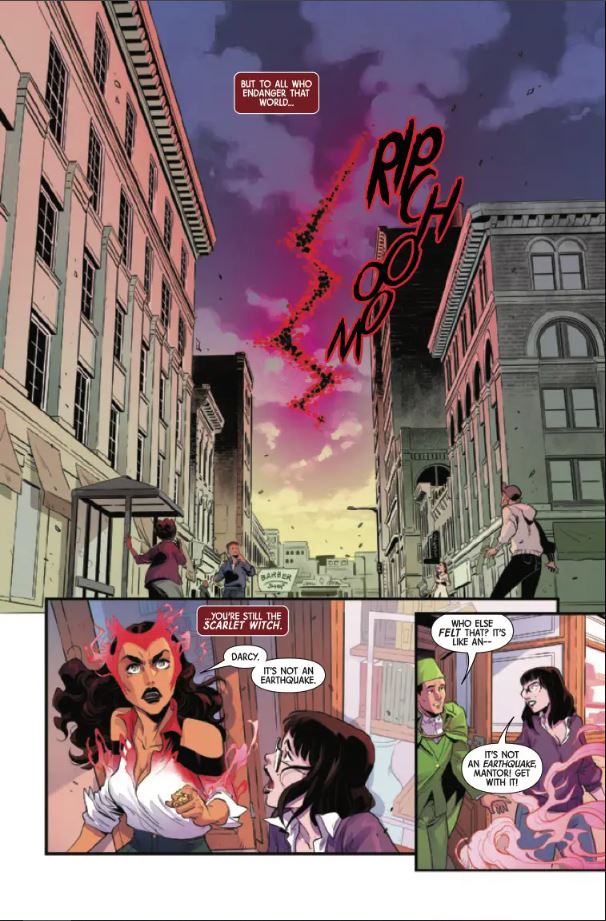
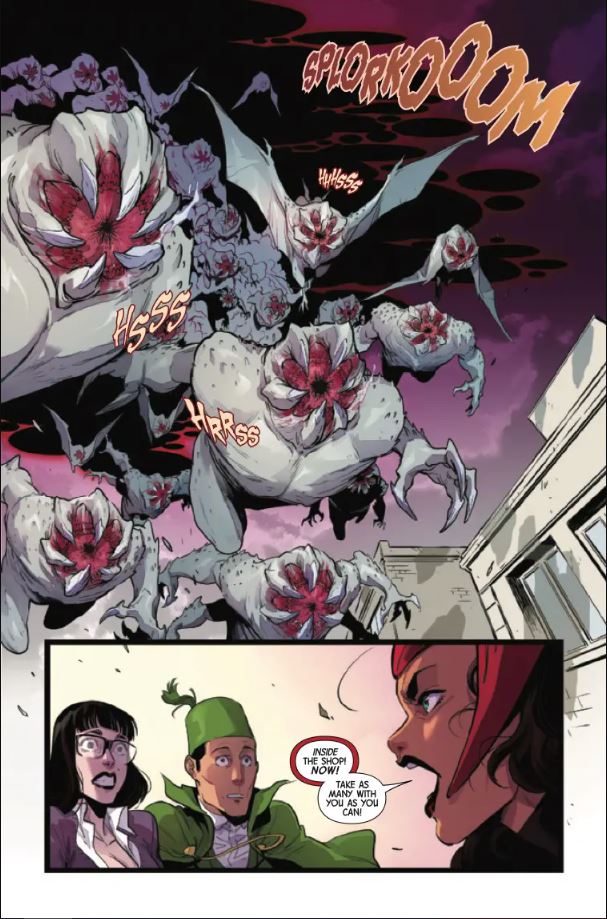
As Scarlet Witch #1 reaches its climax, and the antagonist is revealed, this central existential conflict becomes even more clear.
Fans of the recently concluded Scarlet Witch and Quicksilver mini-series (which more than earned its spot as one of the most exciting Marvel comics to debut this year) will be sensitive to words like “inevitable”, and with good reason. Orlando delivers here on seeds planted throughout that title, ones that hinted at a grand cosmic threat with its sights on Wanda.
At risk of undercutting the reveal, this new villain works as a brilliant antithesis to the Scarlet Witch. Where one is the embodiment of chaos, and by extension possibility, the other heralds the end of all things, finality, the negation of growth. Even the villains name (which I will refrain from spoiling here) calls into comparison ideas of healing vs mourning, moving forward vs staying rooted in the past.
Ultimately, Scarlet Witch #1 (2024) is a fantastic new entry point into a series that deserves to be read from its earliest chapters. Orlando and co. are ever building a more and more imaginative exploration of what it means to take one’s pain inside and make something new out of it, and this latest foray is no different.
